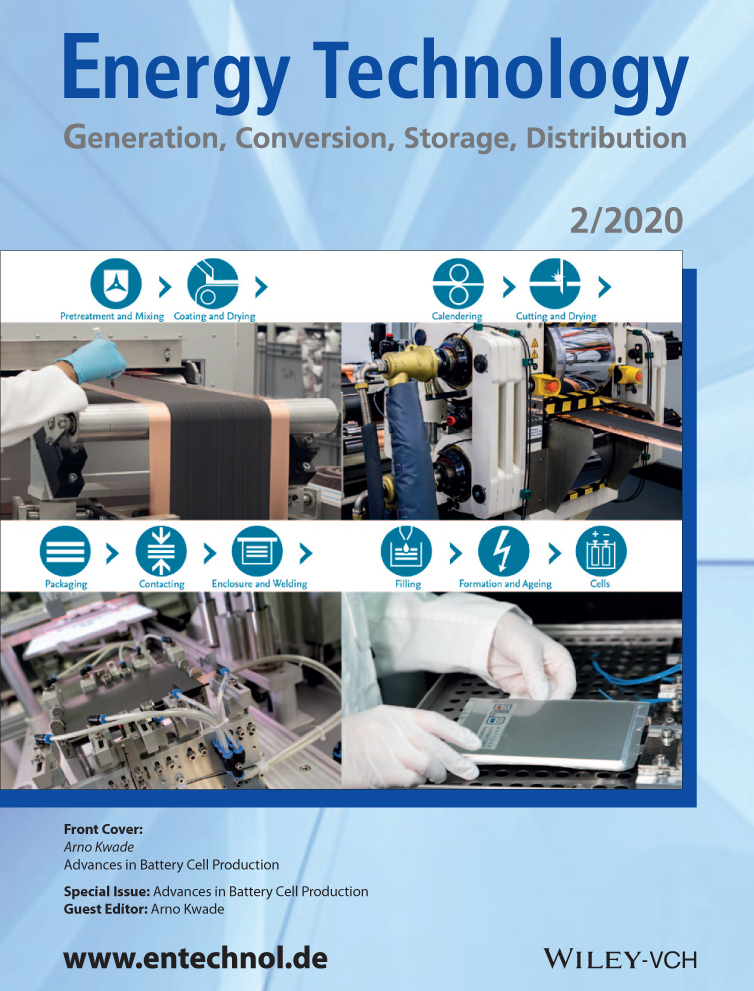Evaluation of the Separation Process for the Production of Electrode Sheets
Abstract
The recent development of individual mobility is characterized by a resource-saving and environmentally friendly technology policy. Electromobility has the greatest potential to meet these demands. Due to the high volumetric power density at both the cell as well as the battery levels, pouch cells are addressed as a target cell format. As a separation of the electrodes is absolutely necessary for this cell design, the separation of the electrodes constitutes a basic operation of the pouch cell production. The established separation methods, such as die and laser cutting, are compared in this work with regard to their physical cutting-edge quality. For reproducible evaluation, the occurring cutting-edge characteristics are defined to clearly describe the quality of the separated electrode. Furthermore, the influence of the photonically and mechanically produced cutting edge on the electrochemical performance is presented. The results show that the delamination of the active materials and the bending of the collector and the metal spatter have the greatest influence on the electrochemical performance of the cell.
Conflict of Interest
The authors declare no conflict of interest.




